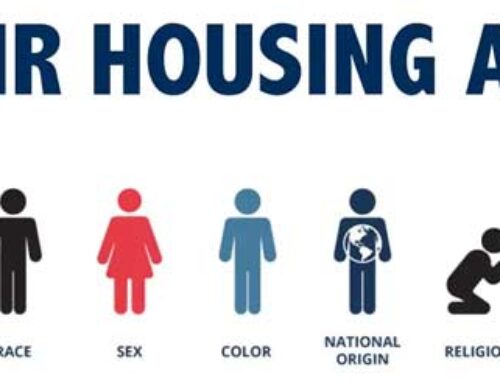Sep 22, 2020

Continuing our series during this final year of AoS of the top 12 published posts of all time (measured in simple traffic numbers), this one is number four. I wrote it ages ago, early in the blog’s life, and it still gets circulated frequently. And I still agree with it, so that’s nice!
xoxo, Tsh
Being eco-wise is about celebrating creation, being good stewards with what we’re given, and passing on those values to the next generation.
The thing I love most about practicing good green green habits? Nine times out of ten, they’re also the more frugal option. Being environmentally-friendly is also good economics—in our home and budget, and with the earth.
There are lots of little things we can do in our homes to play our small part in reducing landfill waste, cleaning the air, and preserving the natural landscape. But we double our efforts when we get our kids involved, helping them understand the why to our what.
When they get it, it’ll be second nature when they’re adults—and that much easier to pass it down to their children.
Here are some small, easy, green choices we can make in our homes. Choose three that you’re not already doing, and make them a habit this year.
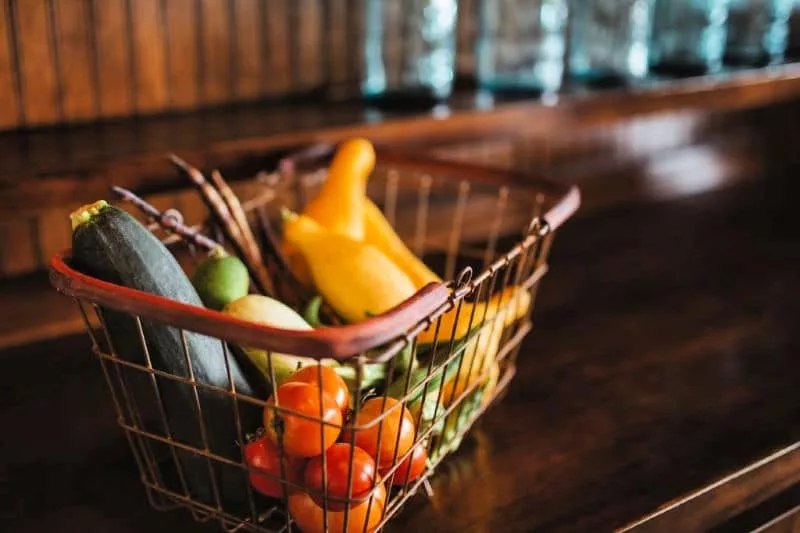
1. Plant a simple backyard garden. It’s good to remember where our food originates, and it doesn’t have to be huge or complicated.
2. Switch your lightbulbs to energy efficient types.
3. Create a homemade compost bin for $15.
4. When it’s time, replace appliances to energy efficient models (look for the “energy star” label).
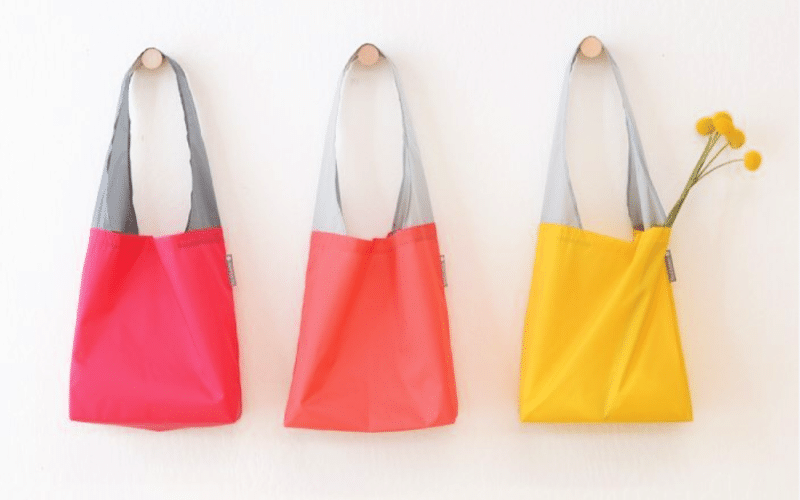
5. Stop using disposable bags. Get some reusable bags—my favorites are Flip & Tumble. Or, make your own—they’re insanely easy.
6. Buy an inexpensive reusable water bottle, and stop buying plastic disposable bottles. My favorite is the Kleen Kanteen with the sport cap for everyday use and the foldable Vapur for travel.
7. Wash laundry in cold water instead of hot.
8. Turn off lights when you leave the room.
9. Don’t turn on lights at all for as long as you can — open your curtains and use natural light.
10. Drive the speed limit, and combine as many errands as you can in one trip.

11. Even better, walk or ride a bike for errands two miles or closer.
12. Support your local economy and shop at your farmer’s market.
13. Find or start a Food Swap in your area (listen to my chat on the pod with the creator of the Portland Food Swap).
14. Research whether you can sign up for local renewable energy from your utility company.
15. Pay your bills online. Not only is it greener, it’s a sanity saver.
16. Put a stop to unsolicited mail—sign up to opt out of pre-screened credit card offers. While you’re at it, if you’re in the U.S., go ahead and make sure you’re on the “do not call” list, just to make life better.
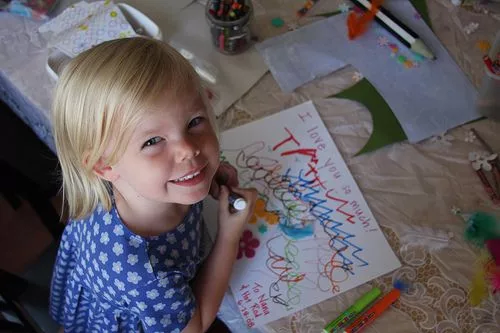
17. Reuse scrap paper. Print on two sides, or let your kids color on the back side of used paper.
18. Conduct your own home energy audit.
19. Read good natural living blogs—I like You Grow Girl, Zero Waste Home, The Good Trade, and The Sustainable Edit.
20. Before buying anything new, first check your local Craigslist, Freecycle, or Buy Nothing groups.
21. Support local restaurants that use food derived less than 100 miles away, and learn more about the benefits of eating locally.
22. Fix leaky faucets.
23. Make your own household cleaners.

25. Watch short movies from The Story of Stuff.
26. Regularly learn about other countries or cultures, expanding your knowledge and worldview. (Fun fact: We do this with The WRLD at Home.)
28. Lower the temperature on your hot water heater.
29. Unplug unused chargers and appliances.
30. Repurpose your kids’ artwork.
31. Collect rainwater, and use it to water your houseplants and garden.

32. Switch to cloth diapers – or at least combine with disposables (even one cloth diaper per day means 365 fewer disposables in the landfill annually).
33. Switch to shade-grown coffee with the “Fair Trade” label.
34. Use a menstrual cup like this or this for your monthly cycles. I’ve used one for well over a decade now, and I don’t plan on ever stopping (plus, it makes travel a breeze).
35. Use cloth instead of paper to clean your kitchen. Repurpose old towels and t-shirts and cut them into small cleaning cloths.
36. Use cloth napkins instead of paper.
37. Read books like Animal, Vegetable, Miracle, Food Rules, and The Backyard Homestead and and be inspired.
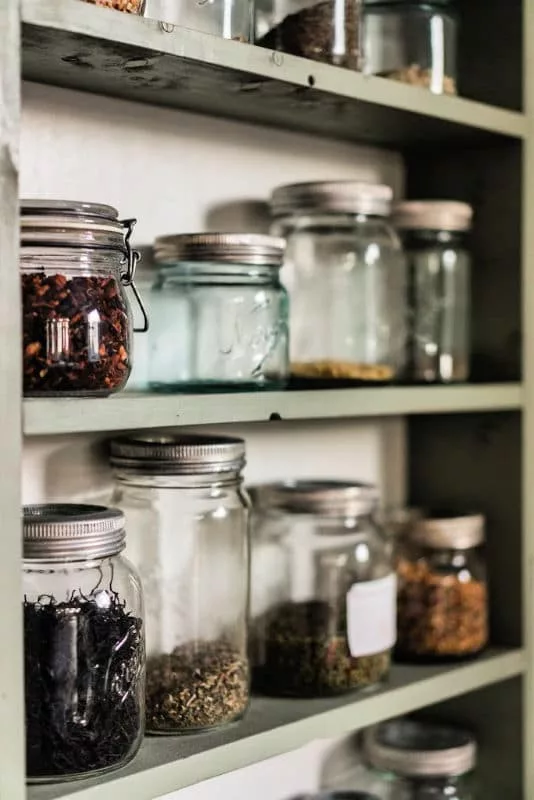
38. Repurpose glass jars as leftover containers and bulk storage, especially in the kitchen.
39. Watch documentaries about the food industry and environment. A few good ones are Food Inc., Our Planet, Before the Flood, and The True Cost.
40. Donate to—and shop at—thrift stores. You’ll be recycling perfectly usable items, you’ll be supporting your local economy, and you’ll be saving money.
Source- https://www.theartofsimple.net/tips-to-go-green-at-home/




